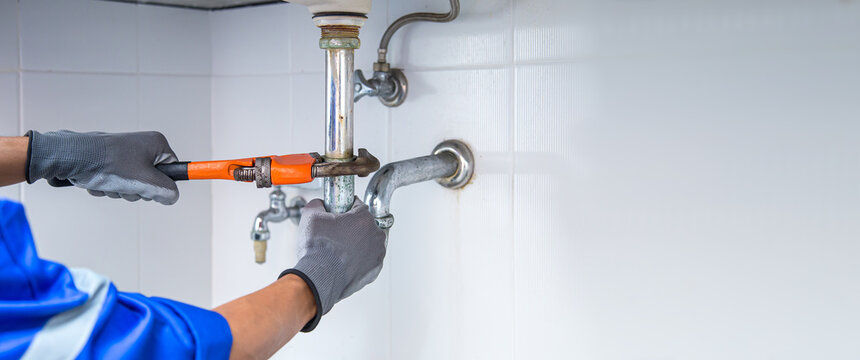How to Repair a Ceiling with Water Damage: Step-by-Step Guide
- Nearly Services
- Dec 28, 2022
- 3 min read
Updated: Jan 3, 2023
Water damage is a common problem in homes, and it can be difficult to repair. If you have water damage to your ceiling, there are a few steps you can take to repair it. In this guide, we will show you how to repair a ceiling with water damage.
How to Repair a Ceiling with Water Damage: Step-by-Step Guide
Repairing a ceiling with water damage can be a daunting task, but with this step-by-step guide, it doesn't have to be.
1. Assess the damage.
The first step in repairing a ceiling with water damage is to assess the damage. This means looking for any signs of water damage, such as water stains, peeling paint, or warping.
2. Remove any affected drywall.
Once you have assessed the damage, you will need to remove any affected drywall. This can be done with a hammer and chisel, or a reciprocating saw.
3. Repair the ceiling.
Once you have removed the affected drywall, you will need to repair the ceiling. This can be done with a drywall patch kit, or by using a piece of drywall that is the same size as the hole.
4. Paint the ceiling.
Once the ceiling has been repaired, you will need to paint it. This can be done with a standard ceiling paint, or with a primer and paint designed for water-damage repairs.
-Remove damaged ceiling material
Inspection of the ceiling material in the bedroom showed that it was damaged and needed to be replaced. The damaged ceiling material was removed and the area was prepared for the installation of the new ceiling material.
-Repair the damaged area
The first step in repairing the damaged area is to clean it. Use a clean cloth to remove any dirt, dust, or other debris from the area. If the damage is more extensive, you may need to use a scrub brush or a toothbrush to get rid of all the dirt.
Once the area is clean, you can start to repair the damage. If the damage is a hole, you can use a piece of cloth to cover it up. If the damage is a tear, you can use a piece of tape to hold the fabric together.
If the damage is more serious, you may need to sew the fabric together. Use a needle and thread to stitch the fabric together. Make sure to knot the thread securely to prevent it from coming loose.
When you are finished repairing the damage, make sure to test the fabric to make sure it is strong enough to hold up. Try to tug on the fabric to see if it is loose or torn. If it is, you may need to do some more repairs.
-Paint the repaired area
I sat on the porch, admiring my handiwork. The paint was fresh and the repairs looked good. I was glad I was able to fix it up on my own. I knew my dad would be happy too. He always liked it when I could take care of things on my own. I smiled and took a deep breath, enjoying the peace and quiet. It was a nice day and I was happy to just sit back and relax.
-Replace the removed material
Replace the removed material
If you're dealing with the aftermath of a water incident in your home, don't hesitate to call us for water damage restoration. Our certified technicians are prepared to help when it comes to returning your property back to its original condition and minimizing the negative impact that can occur from disasters of this nature. We've seen firsthand how unexpected floods, burst pipes, leaking appliances, and more have caused significant disruption in people's lives — which is why we offer emergency services 24/7 so that we can be there right away during times of need. With our experience, knowledgeability and cutting-edge technology available at our fingertips, no job is too big or small for on team as we tackle all water damage restoration services challenges large or small.







Comments